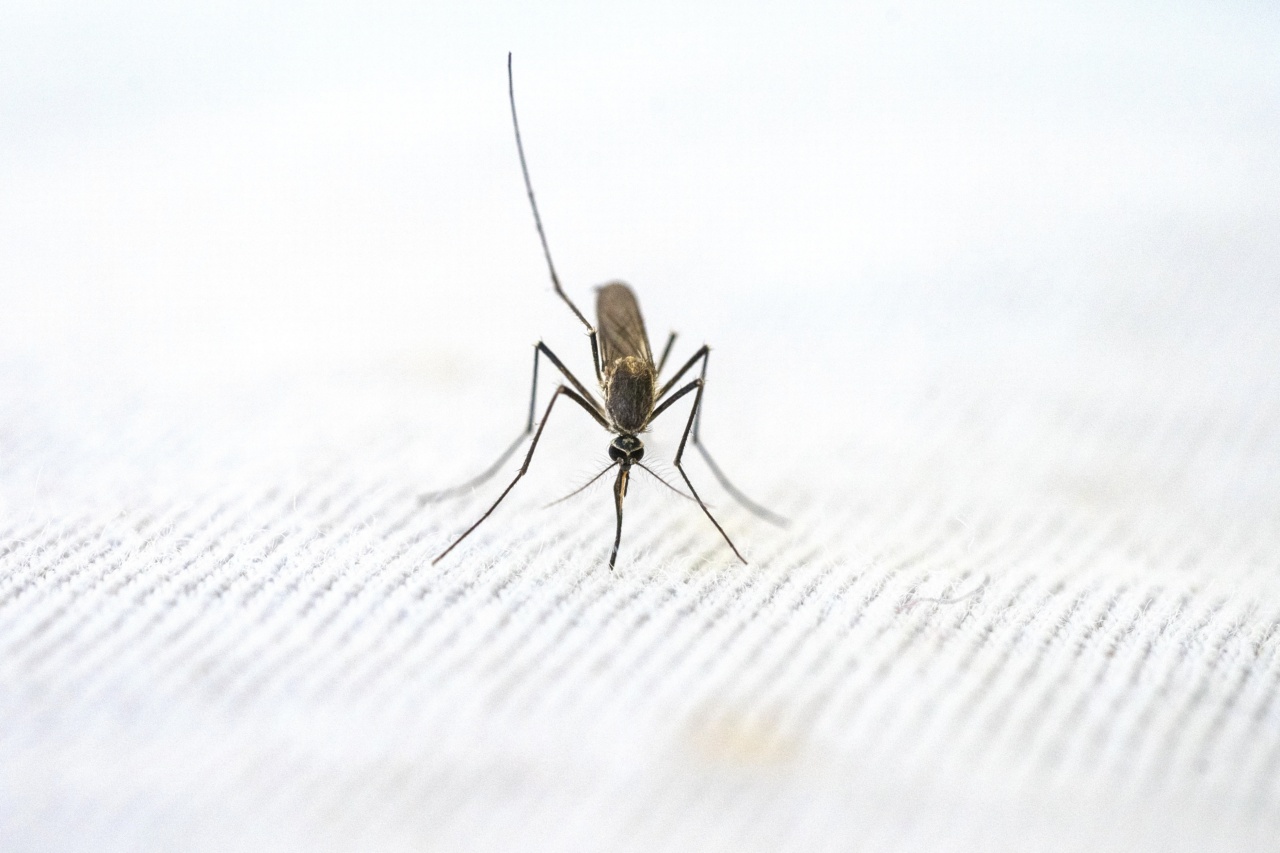Malaria is a deadly disease caused by the Plasmodium parasite transmitted by the Anopheles mosquito. According to the World Health Organization, there were 229 million malaria cases worldwide in 2019, with an estimated 409,000 deaths.
The current methods of combating malaria
The most effective way to combat malaria is through the use of mosquito nets and insecticides. However, these methods have several limitations.
Mosquito nets are not always available to people in malaria-endemic regions, and insecticides can become less effective over time as mosquitoes develop resistance.
What are genetically modified mosquitoes?
Genetically modified mosquitoes are mosquitoes that have been genetically altered through the insertion of new genes or the modification of existing genes. These genetic modifications can make mosquitoes resistant to certain diseases such as malaria.
How do genetically modified mosquitoes work?
Genetically modified mosquitoes work by reducing the number of mosquitoes that can transmit malaria.
These mosquitoes are designed to carry a gene that either kills them before they can transmit malaria or prevents them from transmitting malaria altogether. When released into the wild, these mosquitoes mate with wild mosquitoes, passing on the genetic modification to their offspring.
Over time, the number of mosquitoes that can transmit malaria decreases, potentially leading to a significant reduction in malaria cases.
The different types of genetically modified mosquitoes
There are two main types of genetically modified mosquitoes:.
1. Malaria-resistant mosquitoes
Malaria-resistant mosquitoes are genetically modified to be resistant to the Plasmodium parasite that causes malaria. When these mosquitoes feed on an infected person, the Plasmodium parasite is killed, preventing further transmission.
2. Sterile mosquitoes
Sterile mosquitoes are genetically modified to be sterile, meaning they cannot reproduce. When released into the wild, these mosquitoes mate with wild mosquitoes, but no offspring are produced.
Over time, the number of mosquitoes in the wild decreases, potentially leading to a significant reduction in malaria cases.
The potential benefits of genetically modified mosquitoes
The use of genetically modified mosquitoes has several potential benefits:.
1. Reduced transmission of malaria
The primary benefit of genetically modified mosquitoes is a reduction in the transmission of malaria. By reducing the number of mosquitoes that can transmit malaria, the number of malaria cases could be significantly reduced.
2. More effective than current methods
Genetically modified mosquitoes could be more effective than current methods of combating malaria, such as mosquito nets and insecticides.
These methods have several limitations, and the use of genetically modified mosquitoes could potentially overcome these limitations.
3. Sustainable solution
Genetically modified mosquitoes offer a sustainable solution to malaria.
Once released into the wild, these mosquitoes can continue to breed and pass on the genetic modification to their offspring, potentially leading to a long-term reduction in malaria cases.
The potential risks of genetically modified mosquitoes
While genetically modified mosquitoes offer several potential benefits, there are also several potential risks:.
1. Unintended consequences
There is a risk that the genetic modification could have unintended consequences, such as unintended effects on other species or the environment.
2. Resistance
There is a risk that mosquitoes could develop resistance to the genetic modification over time, similar to the resistance that has developed to insecticides. This could potentially render the intervention ineffective.
3. Ethical concerns
There are ethical concerns surrounding the release of genetically modified organisms into the wild.
Some people may argue that releasing genetically modified mosquitoes into the wild is unethical and that the potential risks outweigh the potential benefits.
The current status of genetically modified mosquitoes
Currently, genetically modified mosquitoes are only being tested in a few locations worldwide.
One company, Oxitec, has been working on genetically modified mosquitoes since 2002 and has released them in several locations, including the Cayman Islands and Brazil.
Conclusion
Genetically modified mosquitoes offer a potential solution to the problem of malaria. While there are several potential risks, the potential benefits of reduced malaria transmission could be significant.
Continued research and testing will be necessary to determine the effectiveness and safety of genetically modified mosquitoes.





























